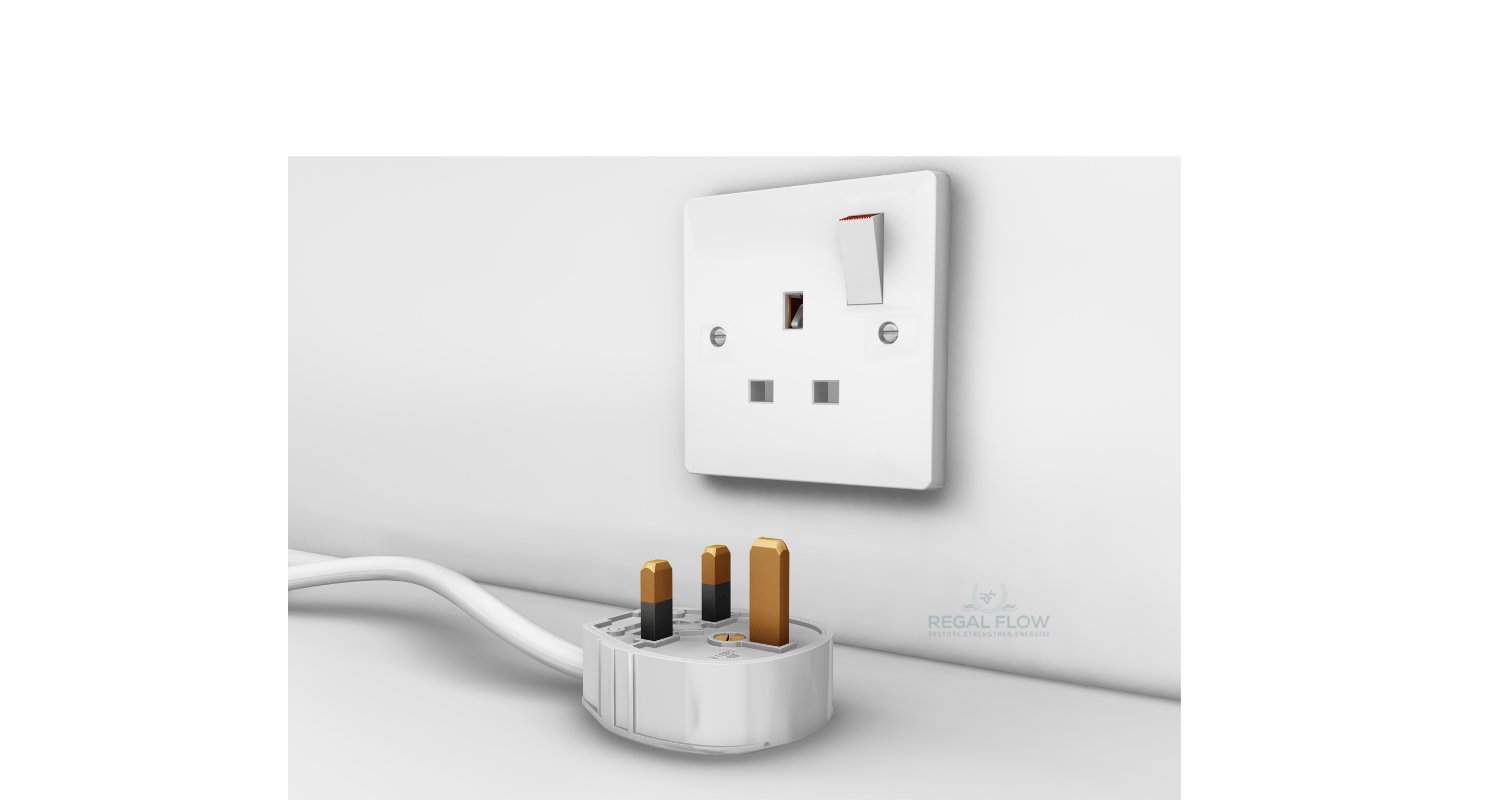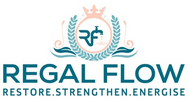
Reverse Osmosis Power Consumption: A Guide to Efficiency and Sustainability
Ever wondered how much power your reverse osmosis (RO) system guzzles? Short answer: it depends—but energy use can add up! From high-pressure pumps to countertop dispensers and reverse osmosis setups, efficiency matters. In this edition of Reverse Osmosis: Specialised Topics and Advanced Insights, we uncover smart ways to cut costs, boost performance, and make your system work smarter, not harder!
Understanding RO System Energy Use
Factors Affecting Power Consumption
The power consumption of your reverse osmosis (RO) system depends on a few key factors, such as the quality of your water, how the system is designed, and the condition of its membranes. For example, if you’ve got hard water with high mineral content, your system has to work harder to filter it out. That extra effort means more power consumed. Similarly, older or clogged membranes demand more pressure, leading to an increase in energy use. Keeping these factors in check will help you keep your system running efficiently.
Average Energy Usage of RO Systems
A typical RO system uses between 100 and 400 watts per hour, depending on the system’s size and how efficiently it’s running. In a household setup, that’s about 2 to 4 gallons of water per 1 gallon of purified water. Larger systems, like those found in businesses or industries, can consume significantly more power. On the other hand, countertop dispensers, while smaller, may still require more energy per gallon of purified water compared to larger units. Understanding this average energy use can help you keep tabs on your power consumption.
Comparing RO System Power Consumption
Different System Sizes and Efficiencies
When it comes to comparing energy use, size matters. Larger systems, particularly those used in commercial or industrial environments, tend to use more power due to the higher volume of water they process. However, they also have more energy-efficient features, such as energy recovery devices and variable frequency drives. These features can help reduce overall power consumption. Smaller systems, like countertop units, are often less efficient in terms of energy per gallon, but they use less power overall. It’s all about finding the right balance for your needs.
Energy-Saving RO System Features
The latest RO systems come with a range of features that help reduce energy consumption. For example, modern membranes require less pressure, which reduces the amount of energy needed to push water through the system. There are also energy recovery devices that capture and reuse waste energy, helping to lower the system’s power draw. Variable speed pumps are another great feature, as they adjust the system’s power use depending on demand, ensuring you're not wasting energy when it’s not needed.
Reducing RO System Power Consumption
Optimising System Settings
If you want to reduce power consumption, start by optimising your system settings. One simple but effective way to do this is by adjusting the pump pressure to suit the quality of the incoming water. High pressure isn’t always necessary, especially if your water is already relatively clean. Also, ensure your feedwater temperature is at an optimal level to reduce strain on the system’s components. These small adjustments can have a big impact on energy efficiency.
Maintenance and Efficiency Tips
Regular maintenance is key to keeping your RO system working efficiently. For instance, cleaning the membranes regularly prevents them from becoming clogged and requiring more power to function. Replacing pre-filters every few months also ensures the system doesn’t work harder than necessary. A simple check of the system’s pressure gauges can also identify any issues that might be increasing energy use. By staying on top of maintenance, you can keep your RO system running smoothly and reduce energy consumption in the long run.
Environmental Impact of RO Systems
Water Conservation and Energy Use
RO systems are fantastic at providing clean water, but they do have an environmental footprint. For every gallon of purified water, several gallons of wastewater are generated. This means that while your system is cleaning your water, it's also producing waste. Optimising your RO system can help reduce this waste, both in terms of water and energy. By making small adjustments to the way the system is run, you can ensure it's as efficient as possible, both in water usage and energy consumption.
Sustainable Practices
Sustainability isn’t just about reducing energy consumption—it’s also about making the whole process more eco-friendly. There are a few ways you can achieve this. One way is by pairing your RO system with renewable energy sources, like solar power. Solar-powered systems can cut energy costs by up to 60%, depending on how much sunlight your location receives. Another approach is the use of water recycling loops, which reuse treated reject water, cutting down on the need for full-scale purification each time. These sustainable practices not only reduce your system’s environmental impact but can also help save on long-term costs.
Cost Analysis of RO System Energy Use
Calculating Energy Costs
To understand how much your RO system is really costing you, it’s essential to calculate its energy usage. Start by tracking the number of kilowatt-hours (kWh) your system uses. For example, if your system uses 0.2 kWh and runs for 8 hours, that’s 1.6 kWh per day. Multiply this by your local electricity rate, and you’ll know how much you’re spending on power. This calculation helps you spot inefficiencies and identify areas where you can reduce costs.
Long-Term Savings and Efficiency
Investing in energy-saving upgrades may seem costly upfront, but they pay off over time. For instance, switching to low-pressure membranes or adding an energy recovery device can reduce power consumption by as much as 30%. When you consider how much these upgrades could save you in the long run, the investment starts to look pretty attractive. Plus, regular maintenance and upgrades help extend the lifespan of your system, ensuring that it continues to run efficiently for years to come.
Conclusion: Balancing Efficiency and Performance
Key Takeaways on RO Energy Use
When it comes to reverse osmosis systems, energy use is a key factor to consider. By optimising settings, maintaining your system, and upgrading to energy-efficient models, you can reduce power consumption without sacrificing performance. Small changes, such as adjusting pump pressure or upgrading to better membranes, can make a big difference in how much power your system uses. Balancing efficiency and sustainability in reverse osmosis systems isn’t just about reducing energy use—it’s about making smarter choices. From integrating renewable energy sources to adopting water recycling loops, every small change you make brings you closer to a more sustainable, cost-effective system. By staying on top of your system’s maintenance and investing in energy-saving upgrades, you can enjoy clean water without the environmental impact or high energy costs.


Leave a comment